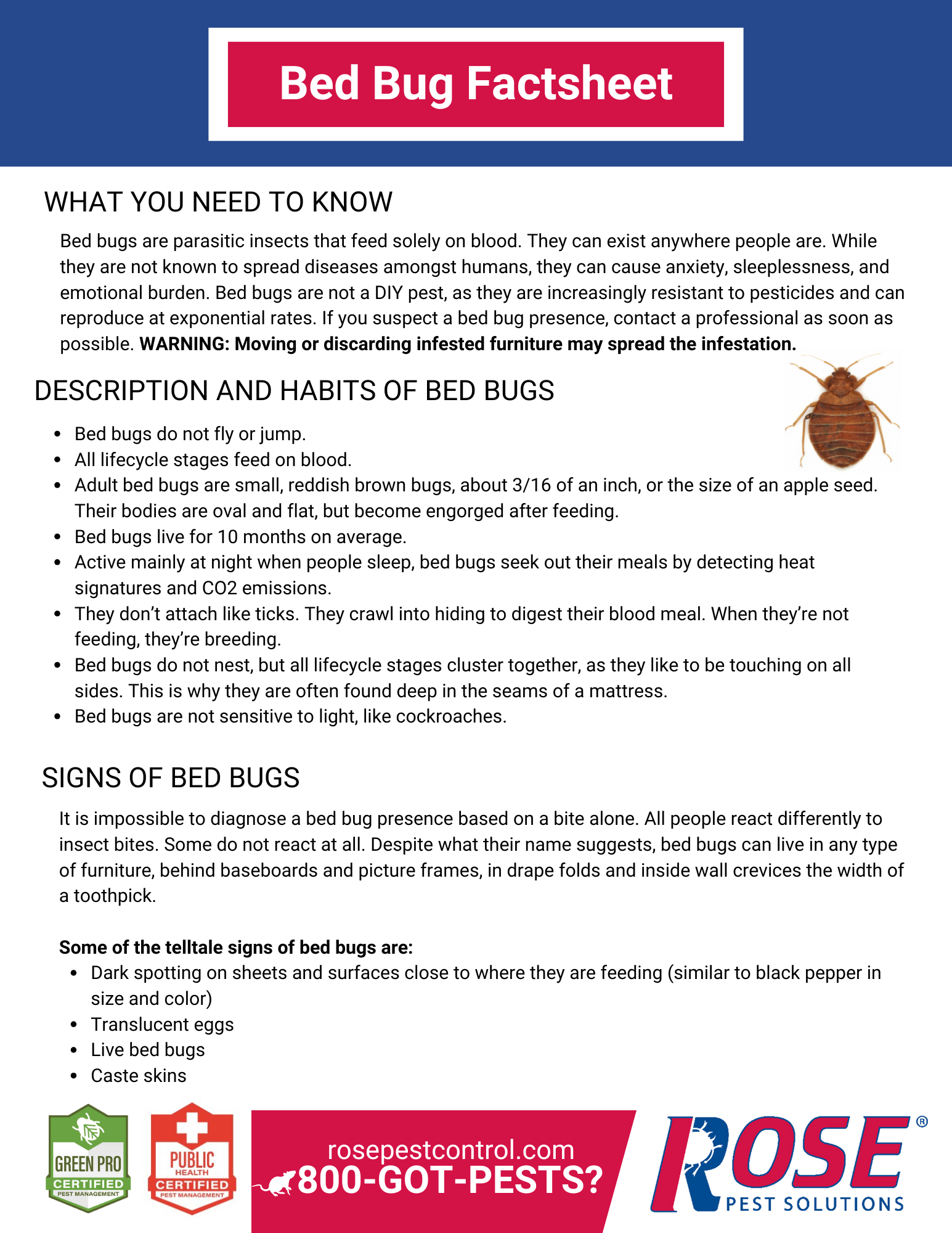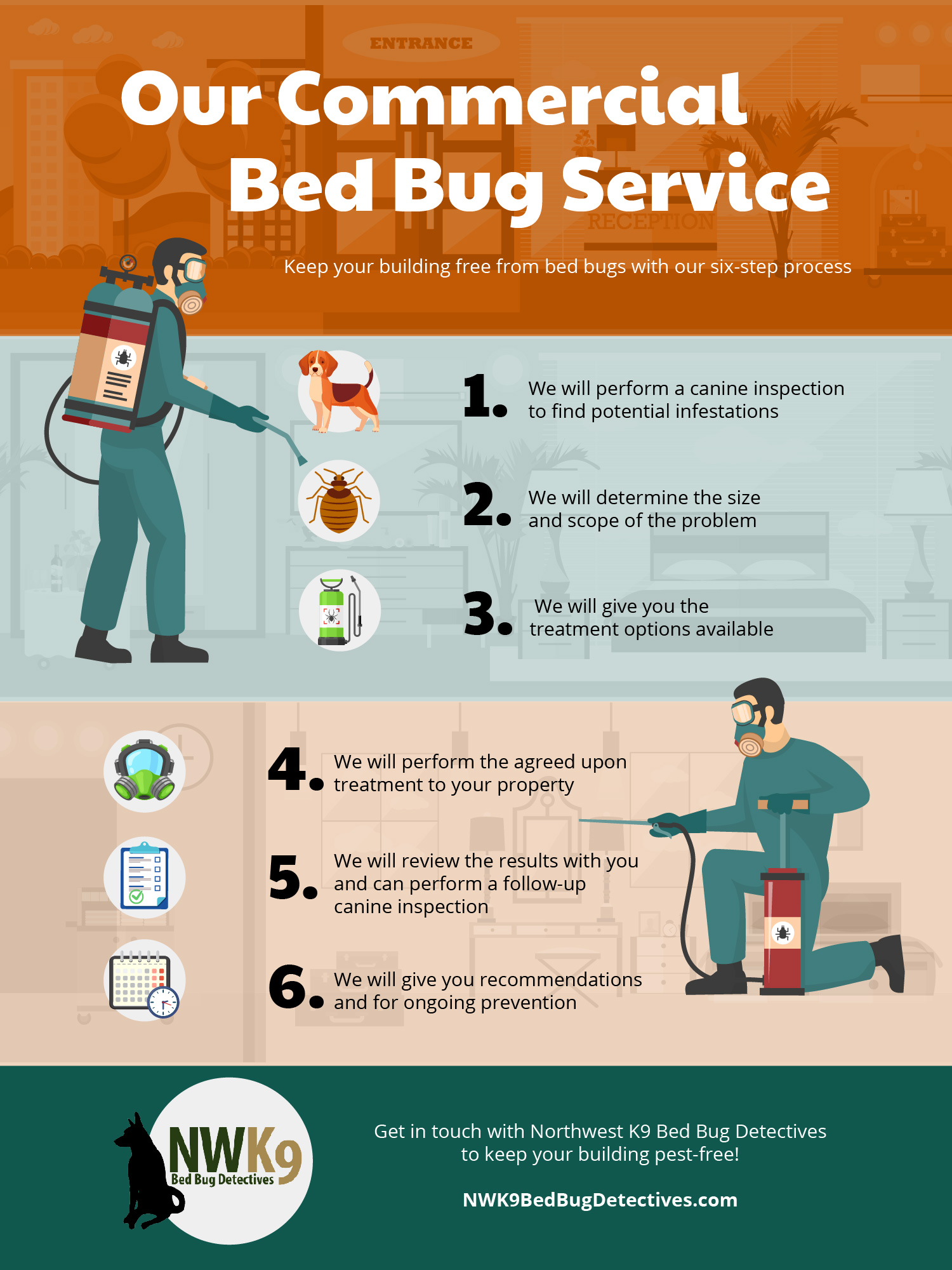Bed Bug Services - Questions
The Facts About Bed Bug Services Uncovered
Table of ContentsSee This Report on Bed Bug ServicesBed Bug Services Fundamentals ExplainedThe Best Guide To Bed Bug Services4 Easy Facts About Bed Bug Services Described
An expert-conducted bed bug inspection is a meticulous process and requires specialized knowledge. Bed bugs are tiny, quick, and skilled at concealing themselves that often dwell in small hiding places in furniture and walls. Because of their secretive nature, meticulous assessment is critical to accurately locate and quantify infestations. Professional inspectors rely on specialized equipment, systematic procedures, and experience to identify infestations early, stopping infestations from worsening.The first step in any professional inspection involves knowing the habits and life cycle of bed bugs. Bed bugs belong to the Hemiptera group and experience multiple nymph stages before reaching adulthood. Adults are around five millimeters long, flat, reddish-brown, and wingless with slender legs and antennae. Their segmented proboscis allows them to pierce the skin and feed on blood, often causing red, itchy welts on hosts. Knowing these traits guides professionals in locating infestations.
Early detection is critical for effective management. Professionals search for telltale signs such as dark spots of fecal matter, molted skins, and eggs (Bed Bug Services). Even one female can produce dozens of eggs quickly, potentially causing full-blown infestations. Evidence of shed exoskeletons or leftover eggs indicates active infestation and requires prompt inspection
Preparing for an inspection requires attention to detail. Inspectors often advise removing items that block access, which improves access to furniture and baseboards. Bedding and linens may be treated with heat before inspection, and then stored in sealed bags to prevent re-infestation. Wall decor, mirrors, and pictures should be taken down to inspect behind frames. Vacuuming furniture and floors can remove loose pests, and vacuum bags should be emptied in a secure location.
Some Ideas on Bed Bug Services You Should Know
The inspection itself is systematic and thorough. Inspectors start with beds and adjacent furniture, checking seams, folds, handles, and crevices. Upholstered furniture, including sofas and recliners, is carefully examined, with attention to seams and cushions. Baseboards, moldings, the edges of wall-to-wall carpeting, electrical outlets, closets, and storage areas are also included in the inspection, as these can be key areas for infestation.
Specialized tools enhance detection accuracy. Flashlights, magnifying lenses, multi-tools, and mirrors help inspect hard-to-see areas. Monitoring devices like interceptor traps or sticky pads allow ongoing monitoring of pest activity. Some companies bring in canine teams, which detect even small infestations, distinguishing them from non-active traces.

Meticulous documentation plays a critical role. Inspectors maintain detailed notes of findings, areas affected, and next Learn More steps. This supports transparency and offers proof of inspection. Residents are often instructed to preserve evidence for accuracy, as this prevents loss of critical information.
After inspection, a monitoring plan may be implemented to verify infestations and observe trends. Continuous monitoring assesses the effectiveness of treatment, and collecting feedback from occupants helps pinpoint problem areas. Cooperation from residents enhances detection.
Bed Bug Services for Beginners

Professional inspections are more reliable than self-inspections. Trained inspectors know what to look for and where, prevent misdiagnosis, and confirm the situation accurately.
Bed bug inspections are particularly important in hotels, dormitories, multi-unit apartments, and senior living facilities. Inspectors examine adjacent units, common areas, and shared furniture to identify potential spread (Bed Bug Services). This stops further spread
In summary, a professional bed bug inspection requires knowledge of bed bugs, property preparation, careful examination, tool utilization, record-keeping, and follow-up monitoring. Each step ensures reliable identification and management.
Some Known Questions About Bed Bug Services.
